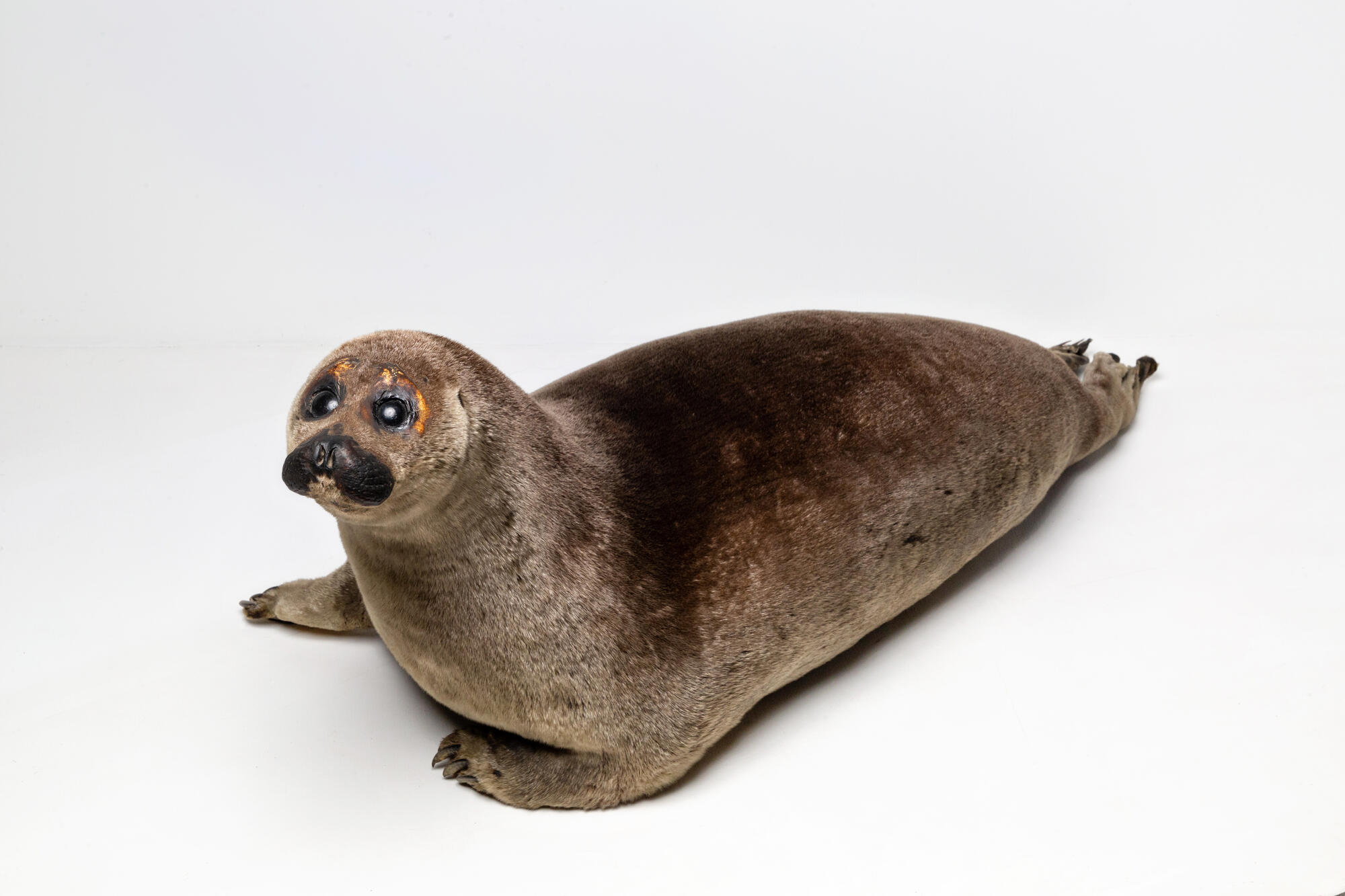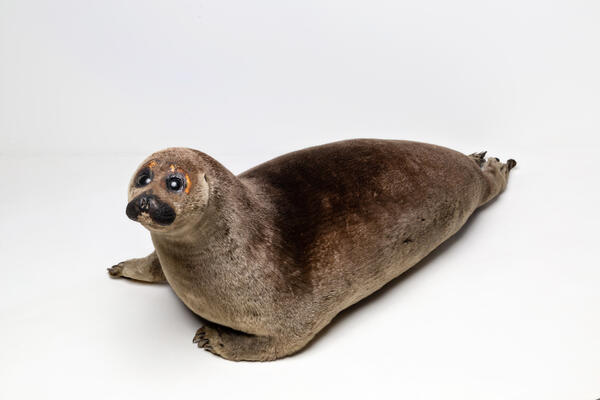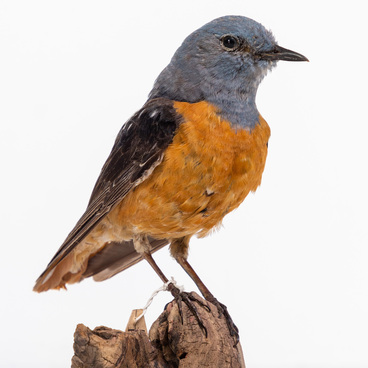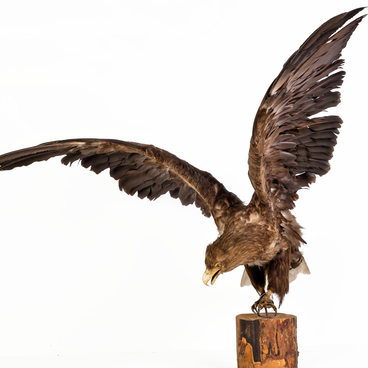The Baikal seal is one of three species of freshwater seals in the world and the only mammal of Lake Baikal. Scientists suggest that seals came to Lake Baikal from the Arctic Ocean during the Ice Age. According to one version, through the Yenisei and Angara. Relying on the other version, through the system of rivers and lakes associated with the Lena River.
The Baikal seal is found mainly in the North of the lake. There are especially many of them on the Ushkan Islands. This large animal averages 160 centimeters in length and 130 kilograms in weight. Representatives of this species live up to about 55 years.
The Baikal seal is an unsurpassed swimmer. It can dive to a depth of 200 meters and go without air for 20 minutes. Under water, the seal can accelerate up to 25 kilometers per hour and can easily get away from danger at this speed.
Under unfavorable conditions, the seal can suspend pregnancy. In some cases, the embryo stops developing. It does not die, but simply falls into suspended animation, which lasts until the next mating period. Then two cubs are born at once.
Baby seals are usually born in the first half of March. For their white fur, they are called ‘bel’ki’. This color allows them to remain almost invisible in the snow in the first weeks of life. For about three months, baby seals feed on their mother’s milk. The fat content of the Baikal seal’s milk is 60%, which helps the cubs gain weight quickly. With the transition to independent feeding on fish, baby seals are molting. At first, the fur gradually becomes ocean-gray, and then it becomes grey-brown. In Evenki, a seal that molted in the first year is called “kumutkan”.
The seal’s favorite and main food source is small Baikal oilfishes and yellow-winged gobies. The average daily diet of an adult is up to 4 kilograms. Thus, during the year, one seal eats more than a ton of fish. The common version that the seal destroys the stocks of omul is not true. Hunting for omul requires too much energy, so it prefers more accessible and sedentary food.



